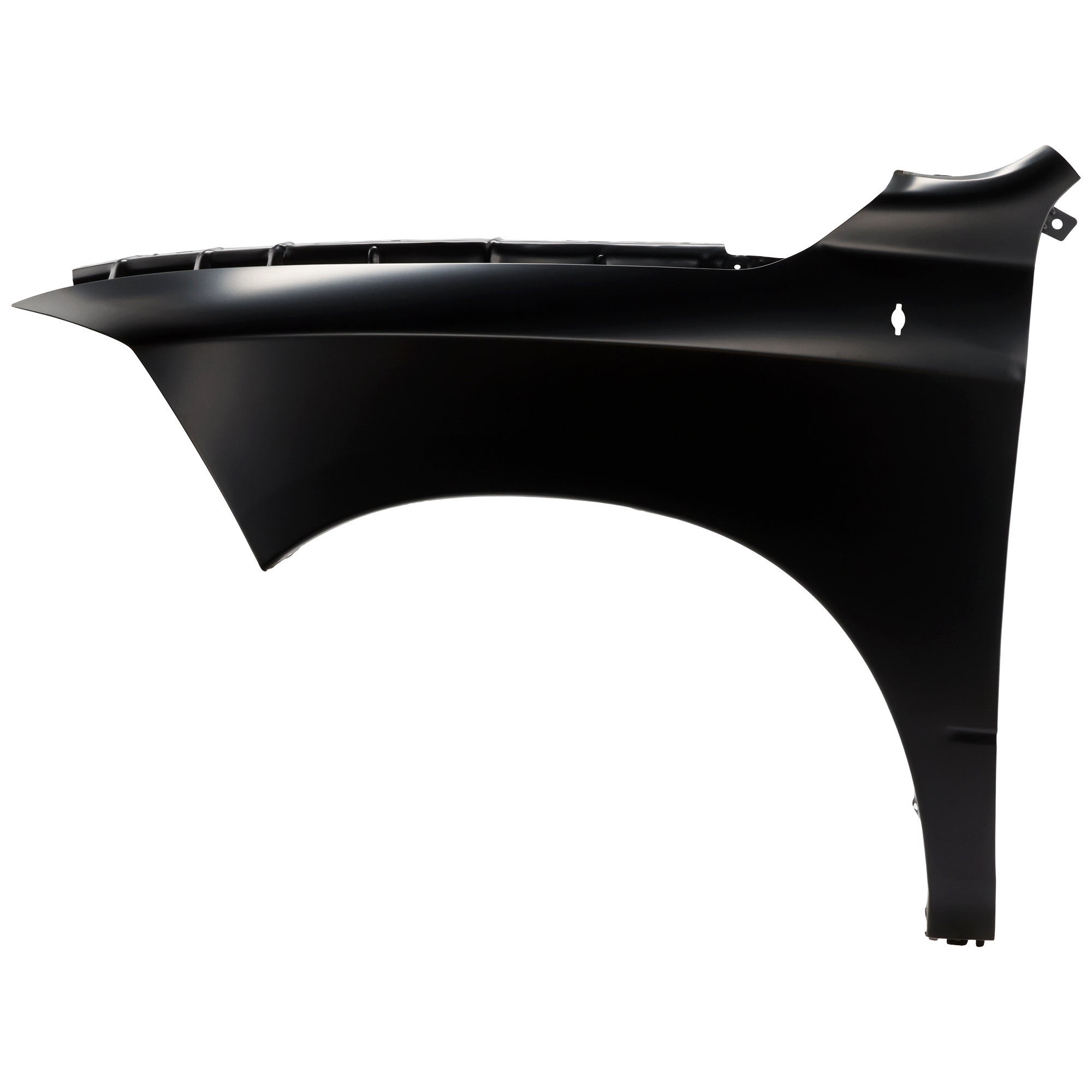Inner fender liners protect the wheel well and vehicle body from rust and other forms of damage. On front wheel drive vehicles, the fender liner also acts as a splash shield and prevents water from causing belt slippage when driving in heavy rain or through deep puddles.
They are usually made of thermoplastic or other non-corrosive, flexible, and durable materials. Most vehicles have inner fender liners between each front wheel and the fender. However, in some vehicles, the rear wheels may also have them.

In addition to deflecting water and debris, the fender liners also have an aerodynamic function: they prevent wind turbulence beneath the fenders and make it quieter inside the vehicle.
If you’ve done some work that required the removal of the fender liner, it’s best to put that fender liner back in place rather than leaving it out. It’s not that difficult to reinstall it if you haven’t broken the retainers. In many cases, you will need to remove the fender liners to replace parts like shock absorbers or windshield washer reservoirs and/or washer pumps.
But even if you have broken the retainers, you can simply order replacement retainers online on CarParts.com. But remember, one size doesn’t fit all. You need the right ones for your vehicle’s fender liners.
The fender liner is an important piece of protective equipment. Learn when and how to replace it with this helpful guide.
Inner Fender Liner Replacement
Replacing your own fender liners is a relatively easy task that, on average, will only take you around an hour or so. If you’re used to DIY car repair and you’re quick, you can actually do it in 15 minutes.
Make sure to practice safety measures, such as wearing work gloves and closed shoes, when doing any kind of repair on your vehicle. Safety glasses are a good idea, too.
Below are the tools and materials you’ll need, as well as the steps you must follow so you can do your own fender liner replacement:
Materials:
- Screwdriver and/or nut driver
- Special tool for removing trim retainers
- New fender liner
- New trim retainers (the right ones – there are dozens of types of these). You must also have a knowledge of how the trim retainers on your vehicle work.
Steps:
- Turn the steering wheel all the way in one direction to allow better access to the fender liner.
- If you have a level driveway (concrete, not asphalt) and a good jack and some jackstands, jack the vehicle up and remove the wheel. That makes the job a lot easier. If you take this route, you can bypass steps 1 and 4.
- Remove all the clips and screws from that side of the fender liner.
- Turn the steering wheel in the other direction and remove the clips and screws on that side.
- Remove the old fender liner carefully.
- Test to see if all the mounting holes of the new fender liner line up.
- Hold up the new fender liner while reinstalling all the screws and clips to secure it in place.
- Replace damaged screws and clips if necessary.
- Test the fender liner to make sure it’s properly fastened.
When to Replace a Fender Liner
It’s time start looking for a fender liner replacement when you observe these signs:
Damaged wheel well, fender, or internal components
Wheel wells and fenders are prone to damage in collisions. In the event of accidents that deform the wheel well and its internal components and panels, it’s important to replace the inner fender liner.
Worn, cracked, or chipped inner fender liner
Note: fender liners don’t generally get chipped. They’re designed to give when they’re hit by something that would otherwise chip them.
The fender liner’s location is not the only factor that contributes to its susceptibility to damage. Its material affects its durability as well.
Older vehicles and antique models have inner fender liners made of metal like aluminum or steel. Such inner fender liners are susceptible to rust and ideally must be replaced with ones that are made of non-corrosive materials.
Meanwhile, modern vehicles are typically equipped with ABS (acrylonitrile butadiene styrene) plastic or thermoplastic inner fender liners. This reduces their risk of getting damaged due to corrosion.
ABS plastic boasts strong resistance to heat, scratches, and impact, and is quite inexpensive. However, it is susceptible to wear with continuous use and is not entirely chemical-resistant.
Meanwhile, thermoplastic is a variety of polymer that can be melted and recast. This material is known for its corrosion- and chemical-resistant properties. It’s also a good insulator and doesn’t chip away easily as it’s quite flexible. The only downside to thermoplastic is that it is reactive to temperature changes. It softens in heat and gets brittle in cold.
Inner fender liners, especially those made of thermoplastics, have a tendency to fail during winter. They might chip, crack, or even form holes as a result of road debris and other substances being flung about inside the wheel well. If your inner fender liner forms visible cracks or comes off suddenly, it might be time to get a replacement.
Fender liners don’t generally get chipped. They’re designed to give when they’re hit by something that would otherwise chip them.
–Richard McCuistian, ASE Certified Master Automobile Technician
Before trying to repair or replace your fender liner, you need to check both your fender liner and wheel well for damage and corrosion. This preliminary assessment will help you estimate the fender liner repair cost.
If the damage to your fender liner has gone unaddressed for a long time, rust and other damage may have already begun to form. Avoid unexpected expenses by determining the extent of the damage beforehand.
If in doubt, always consult your mechanic because they will be able to guide you on how to remove a fender liner. They will also be able to help you assess the situation if you’re not so sure about the extent of the damage.
Do You Need a Fender Liner?
The simple answer is yes, you need a fender liner. A vehicle’s undercarriage has a lot of moving parts, as well as electrical and metal components. These parts include the wheel well, headlight circuitry, and transmission components, among others. However, if you chose to remove all your fender liners and drive the car that way, you’re not likely to crash as a result, but it’s better to have them installed than to not have them.
The wheel well, in particular, is quite prone to corrosion due to its location. If these components come into contact with corrosive, foreign substances and debris, their individual function may be affected, which can diminish the vehicle’s overall performance.
The inner fender liner’s purpose is to keep moisture and debris from entering the engine bay. It protects the wiring and other electronic components from water damage. It also keeps rocks, pebbles, and other debris from getting inside and interfering with your vehicle’s inner workings.
If the issue of a damaged inner fender liner remains unaddressed, it can lead to more serious and expensive repairs in the long run.

Where to Get a New Inner Fender Liner for Your Vehicle
While a bad inner fender liner won’t immobilize your car, it does expose vulnerable parts of the undercarriage to moisture and road debris. Repairing corrosion and damage to affected parts can set you back far more than the cost of a new liner. Besides, you can get an affordable, high-quality replacement inner fender liner here at CarParts.com.
CarParts.com makes shopping for inner fender liners fun and effortless. Not only is our website easily accessible from your mobile device or computer, our vehicle selector can quickly pull up the right products for you. Our parts are ready to ship from the warehouse nearest you upon confirmation of your order, so you can expect your new inner fender liner to arrive in a few business days. And we only source our products from manufacturers trusted by drivers across the U.S.A., ensuring you get the performance and durability you deserve.
Don’t ignore a damaged or worn-out inner fender liner that cannot protect the underside of your car. Visit CarParts.com and shop for inner fender liners today!
Products Mentioned in this Guide
Shop this Project



Any information provided on this Website is for informational purposes only and is not intended to replace consultation with a professional mechanic. The accuracy and timeliness of the information may change from the time of publication.




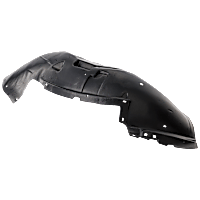 Fender Liner
Fender Liner
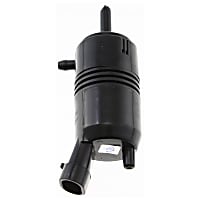 Washer Pump
Washer Pump
 Shock Absorber and Strut Assembly
Shock Absorber and Strut Assembly
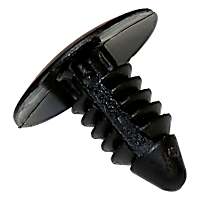 Retainer
Retainer
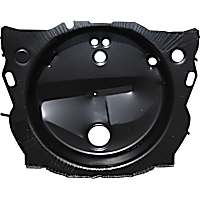 Spare Wheel Well
Spare Wheel Well

